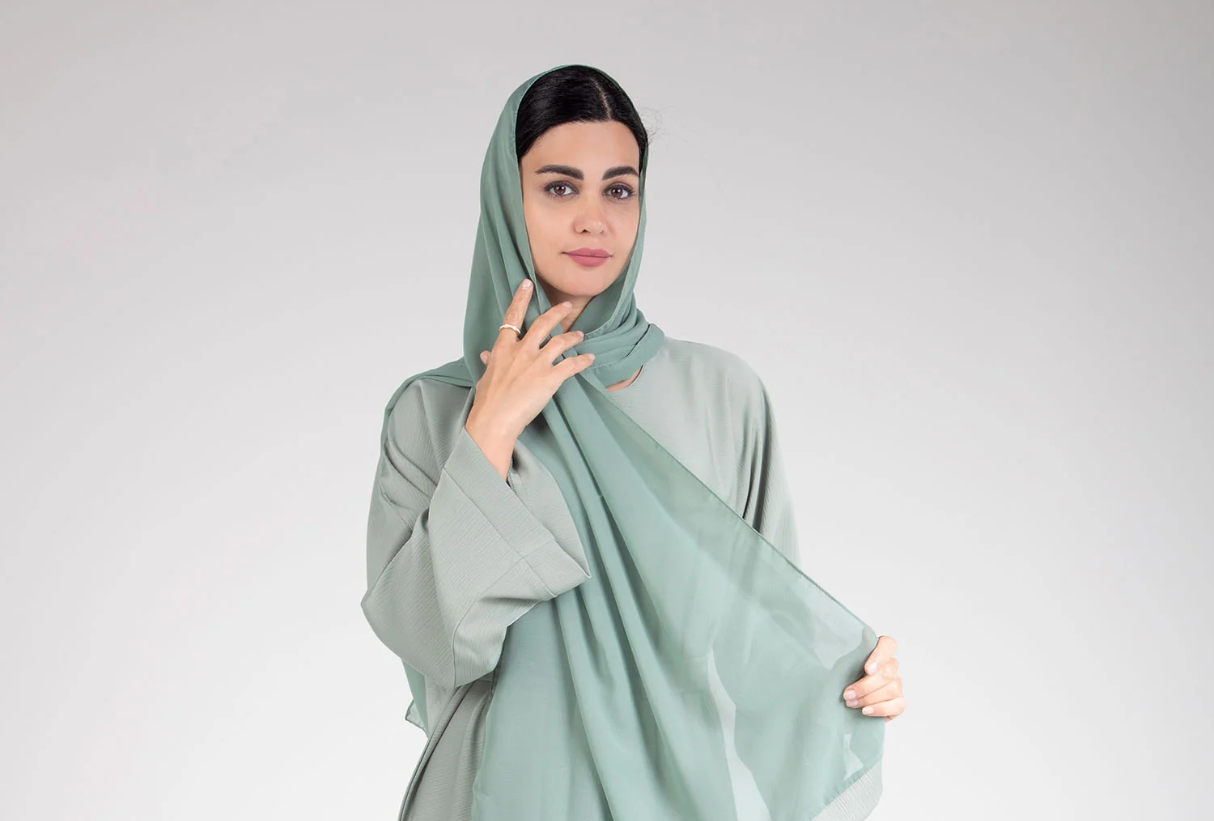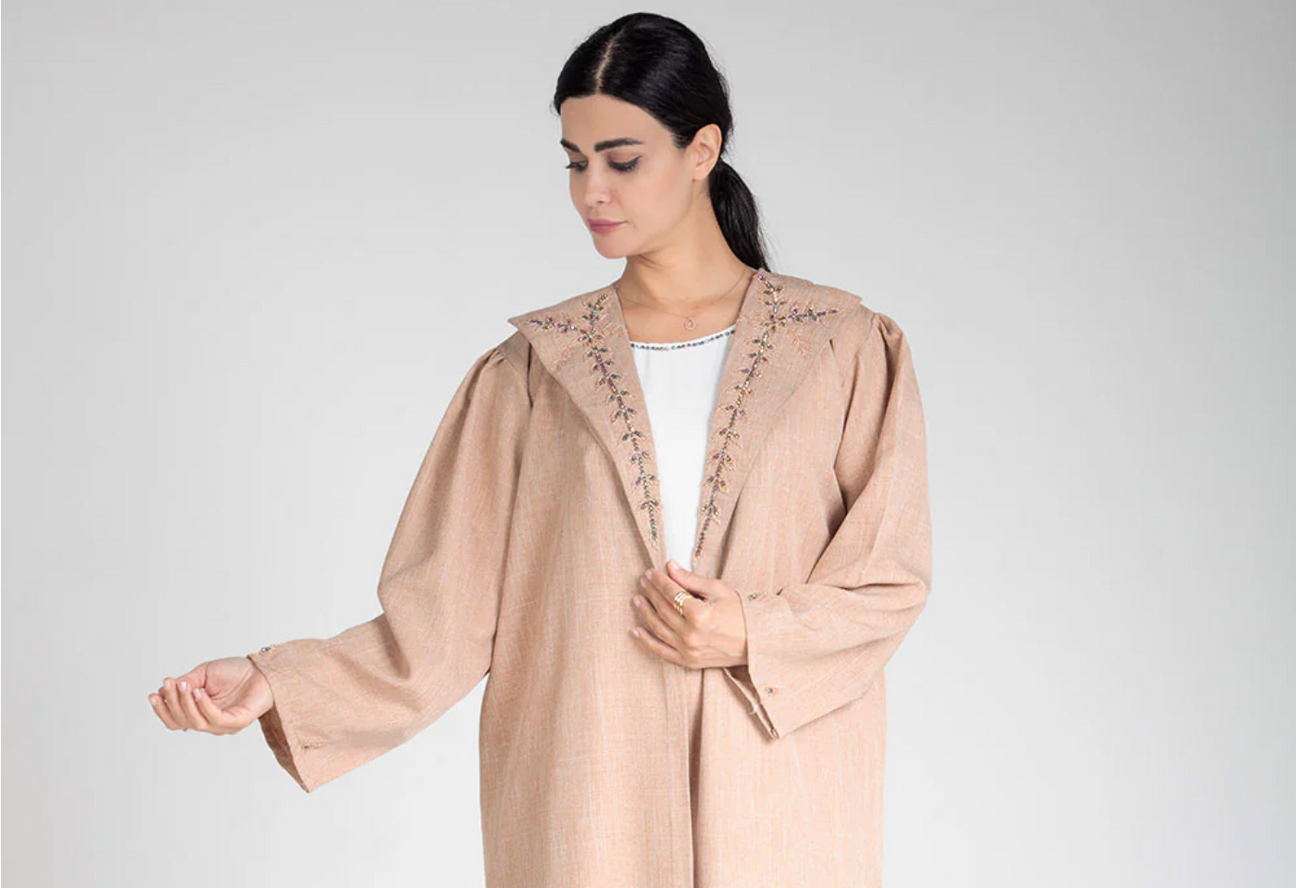Islamic fashion took huge strides forward during the recently-concluded New York Fashion Week when Anniesa Hasibuan presented the first catwalk show that was completed entirely by women wearing hijabs. The show presented another first in that it was also the first show hosted by an Indonesian person at the event.
The Show
Hasibuan is a relative newcomer to the world of fashion, but this did not hold her back from putting on a catwalk show that offered something a little different. Inspired by fashions in her hometown of Jakarta, she presented a number of interesting ensembles and designs, mixing gowns, trousers and flowing tunics, all of which were worn with hijabs.
The show, and 30-year old Hasibuan, received a standing ovation at its conclusion, demonstrating that there are many people who are more than willing to accept Muslim fashion into the mainstream and develop their understanding of why such garments have special meaning to many people around the world.
In speaking about the show on Instagram, Hasibuan said: “Behind the success of a show there is a great team that was strong and sturdy when it was hit by dissent. And we can handle it.†This likely refers to some mentions that the clothing was not “conservative†enough.
While the mention of possible dissent is discouraging, it is perhaps to be expected given the current climate surrounding Islamic clothing. It is through efforts like Hasibuan’s that a culture of understanding can start to develop.
The Cultural Impact
We are living in a time when what Muslim women choose to wear has come under intense scrutiny in some areas of the world. There has been a trend towards banning some items of Islamic fashion, particularly burqas, in European countries, with France leading the charge. That country has been followed by a number of others in Europe, such as Belgium, Bulgaria, Switzerland and the Netherlands, plus the Egyptian government has drafted a bill to ban both burqas and niqabs.
As such, there is a need for greater cultural understanding as to the meaning behind such fashions and why many Muslim women choose to wear them. This has resulted in many, particularly those lucky enough to have been present at the show, hailing Hasibuan’s attempts to bring the hijab into the mainstream as a historic moment that may have paved the way for other Islamic fashions to receive their due.
On a more positive note, there are a number of mainstream retailers embracing Islamic fashion. Perhaps most notably there are companies like H&M and Dolce and Gabbana, who are releasing their own lines of hijabs for the public, bringing the garment squarely into the public spotlight.
Perhaps most importantly, these moves all mark steps towards Islamic clothing being seen as fashionable, which is enormous in terms of mainstream acceptance and cultural understanding. In particular, the point that Hasibuan makes about how Islamic fashion designers “just want to design for ourselves, what we like to wear,†demonstrates the sort of individuality and commitment that can often foster mainstream acceptance.
Jubbas supports the increasing momentum that Islamic wear has gained in the mainstream fashion world. To find out more about our own range of clothing, please visit http://www.jubbas.co.uk/.





